Many photographers don’t like to use flash. After learning all the ways of exposure, ISO settings and the use of the exposure compensation button, flash poses another learning curve. I’m here to tell you, learning to use flash is not hard and can give you another tool for getting professional-looking photos at home and in the Disney parks. I know what you are thinking, you can’t use flash at many of Disney’s shows and attractions. That is true but don’t forget there are many places were flash can be used like restaurants, resorts, character meets and meals, and outdoor photography.
Before we get started, I would like to you meet my model, Shirley. Shirley doesn’t get out much as she’s been living in a box for the last 10 years. However, when I came up with the idea to do a blog entry on bounce flash, she was the first model that came to mind. Since this is a Disney blog, I let Shirley model some Golden Mickey Mouse Ears.
 No Flash Bounce |
 Flash at 0 degrees |
|---|---|
| Here’s the typical look of the straight on flash. Harsh light, flat features, washed out colors and shadows haloing the subject. Not a very flattering look for Shirley. If Shirley was a live model, you might also see the red eye effect. | |
 45 degree Flash Bounce |
 Flash at 45 degrees |
| When you invest in a flash for your digital SLR, make sure the head of the flash can be adjusted both up and down and side to side. This allows you to bounce the flash off of ceilings and walls. This softens the harsh light as it spreads out from the surface it hits. By putting the flash at an angle of 45 degrees, you can see Shirley’s facial features and color return. As an added bonus, the ears of the hat are now seen clearly as light is coming from above. | |
 90 degree Flash Bounce |
 Flash at 90 degrees |
| To soften the flash even more, angle the flash a full 90 degrees. This spreads out the light even more. You can see the different light direction in the Mickey Mouse ears. The only issue I have with this one and the 45 degree angled photo is the shadow under Shirley’s eyes. If you subject had on a baseball cap (which many young people wear these days), it would be really hard to see the person’s eyes. | |
 90 degree Flash Bounce with card |
 Flash at 90 degrees with bounce card |
| Many of the flash units, also called speedlights, have a small white tab that can be extended out from the flash’s head. This will deflect some light in your subject’s direction. If the subject is a person or animal, you’ll get pleasant specular highlights or catch lights in their eyes. My flash does not have this tab so I used a white piece of cardboard and attached it with a rubber band. You can see how Shirley’s features are still there and the shadow under her eyes have disappeared. | |
I have to warn you to look out for colored surfaces. The light of the flash will pick up the color. The best ones to use are white surfaces or shades of grey. Next week I’ll show you how to handle bounce flash when you are outdoors or have no light surfaces to use.
Further Reading: Here’s some more great articles on bouncing your flash.




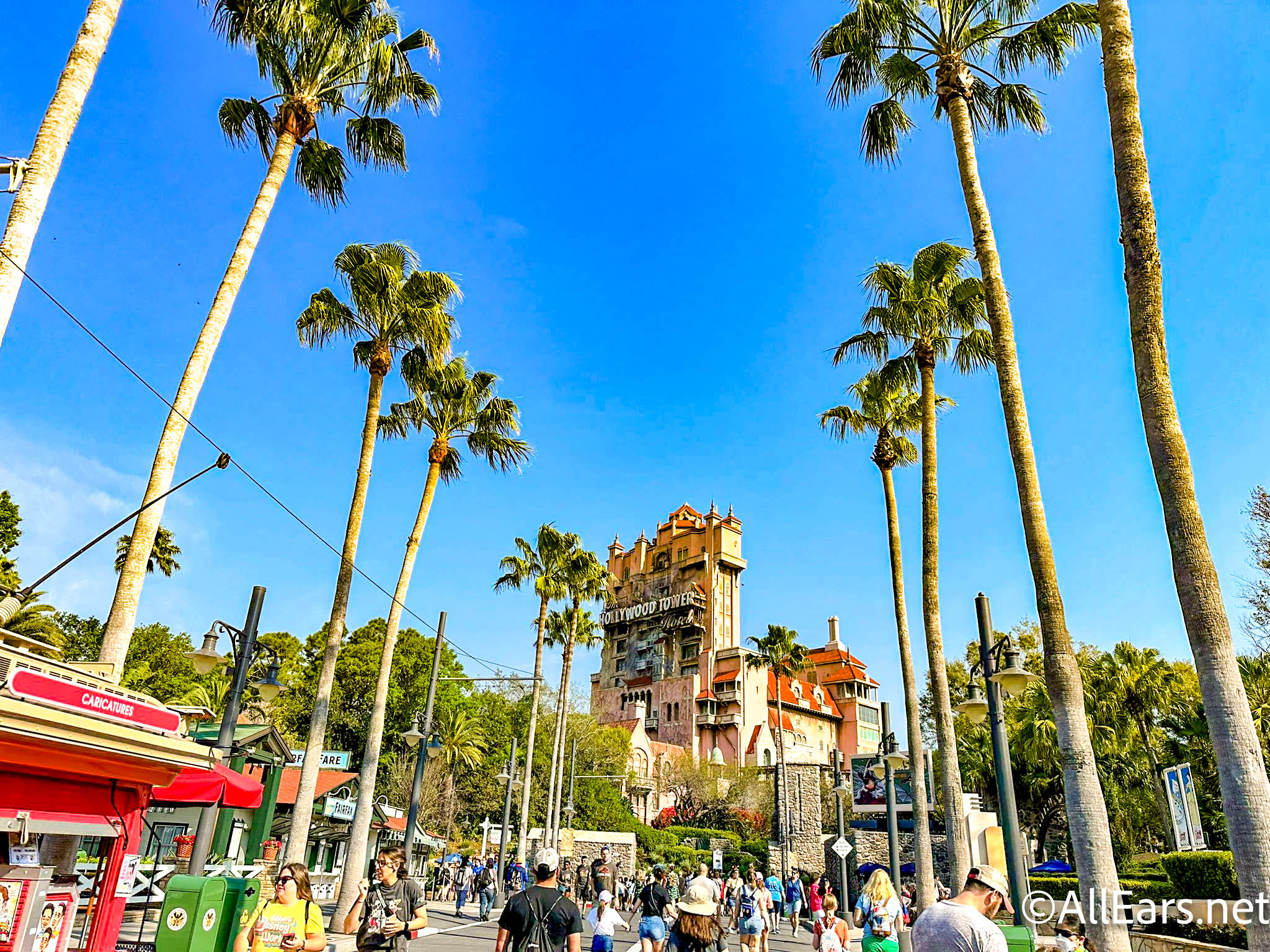


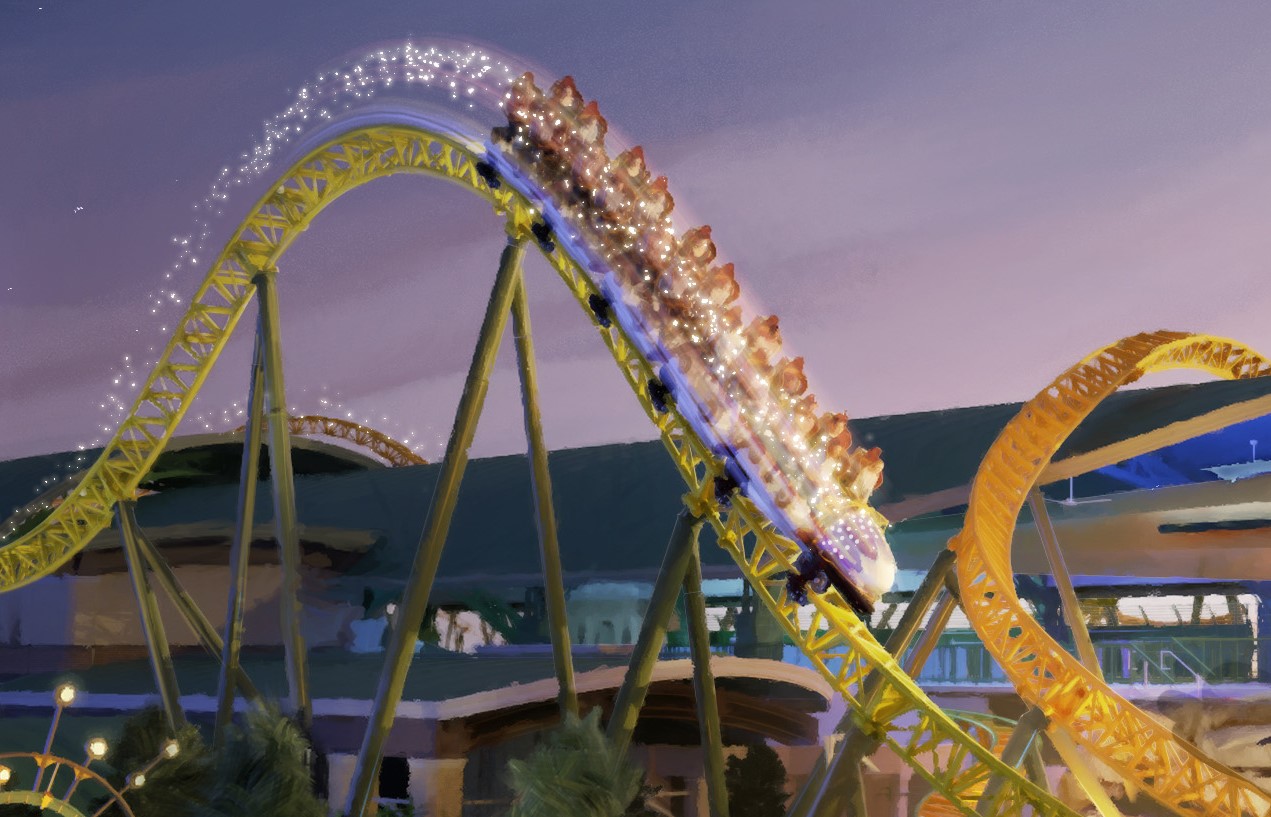

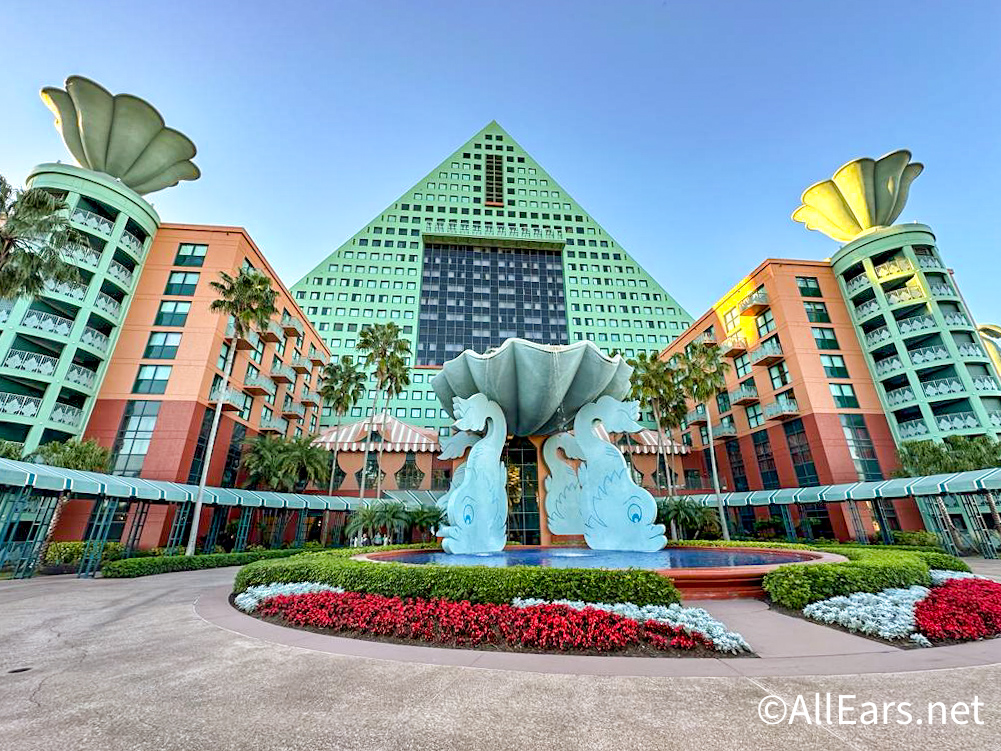
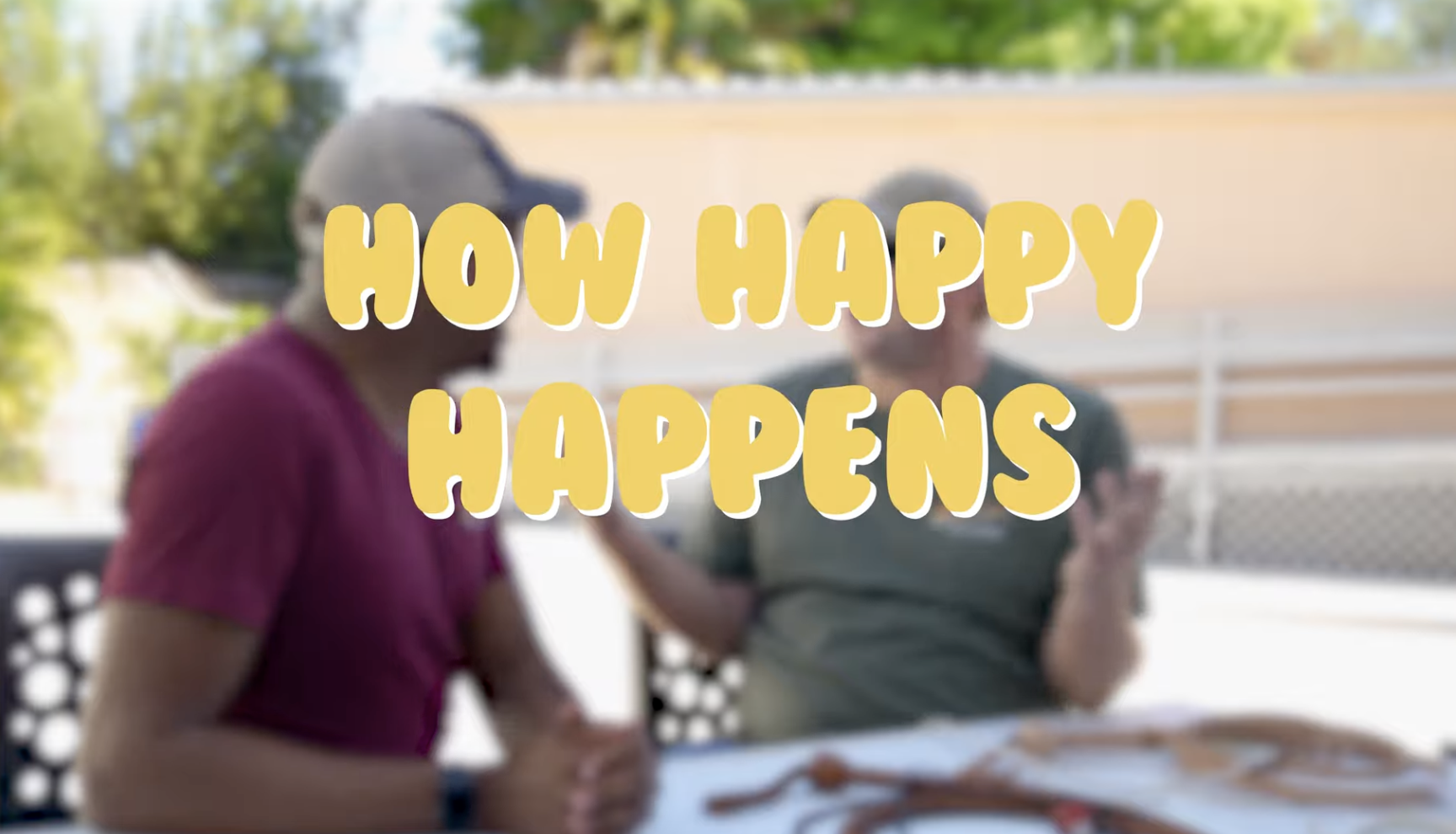



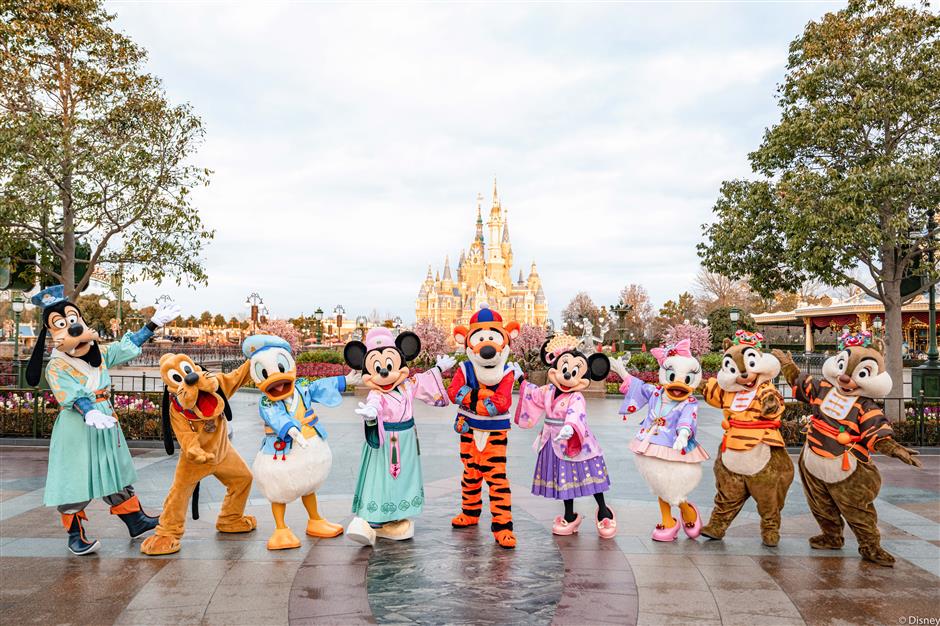
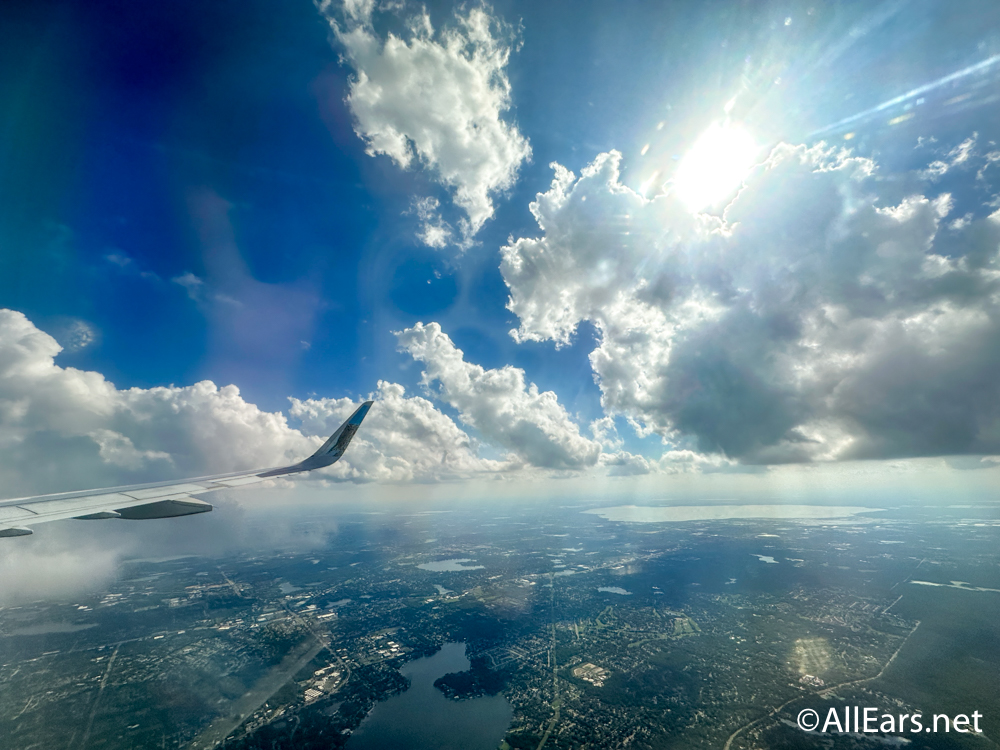
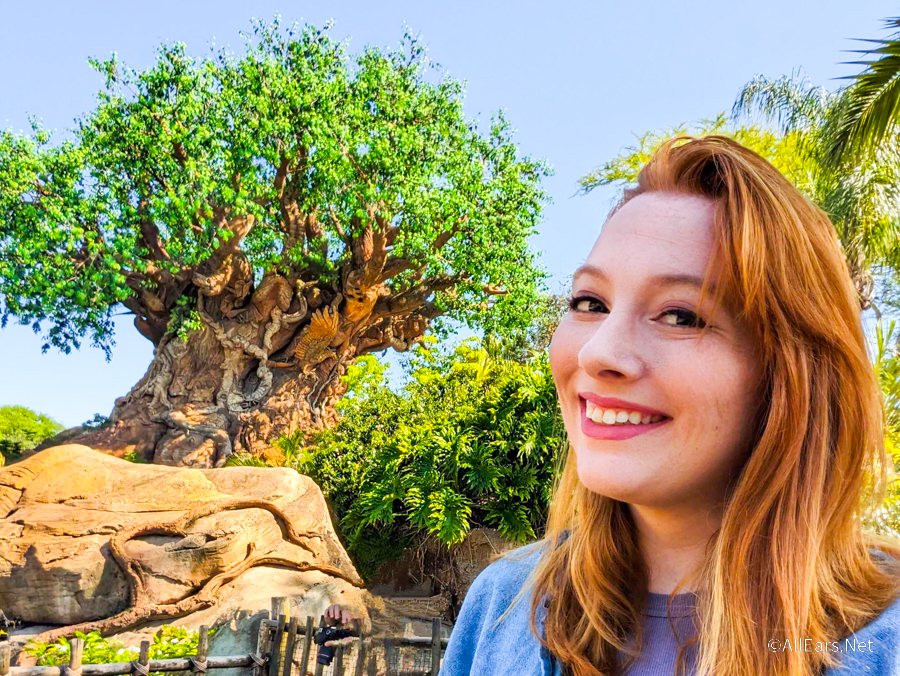






Trending Now
From time to time, rides and attractions are taken out of production temporarily for various...
We found your perfect Hollywood Studios tee.
One Disney World park is about to celebrate a big milestone!
We're rounding up the best souvenirs in Magic Kingdom's Tomorrowland!
You may be taking a BIG risk to get on this Magic Kingdom attraction. Here's...
There's a NEW roller coaster coming to Epic Universe in Universal Orlando, and we've got...
If you plan on renting a car at Orlando International Airport, read this.
Let's talk about some Criminally Underrated EPCOT hotels!
A NEW Disney show has premiered on YouTube but you can check the first episode...
A NEW Passholder PERK is coming soon!
We're here to expose the backstage transportation at Disney World!
Today, we're going behind the scenes of RIDE CLOSURES.
Disney teased a NEW theme park expansion and we have an update on a ride...
We don't want to make traveling more stressful, but be aware if you get SSSS...
There's no way you know all 15 of these Animal Kingdom tips!
Genie+ is NOT the same as FastPass+. These are the critical differences you need to...
Summer's almost here but that doesn't mean we have to wait just as long for...
If you're looking for the quietest bathrooms in EPCOT, look no further! These are the...
We've put together a complete guide to every Cast Member discount available at Disney World.
Is it possible to have the PERFECT morning in Magic Kingdom in only FOUR hours??...